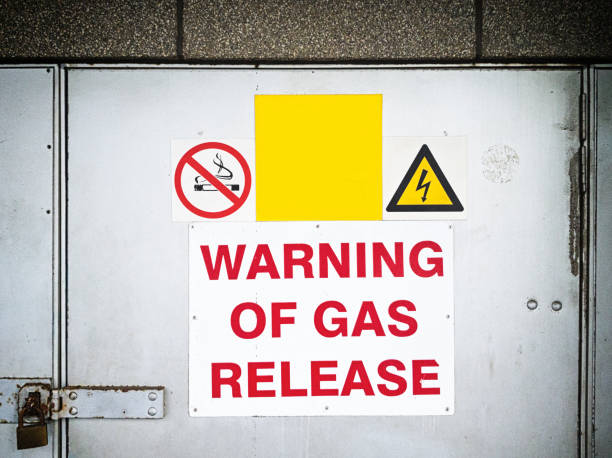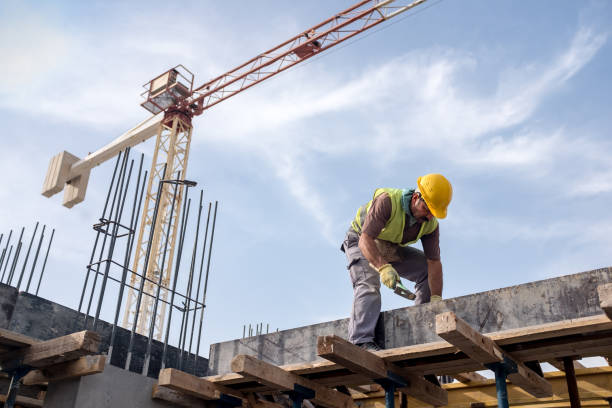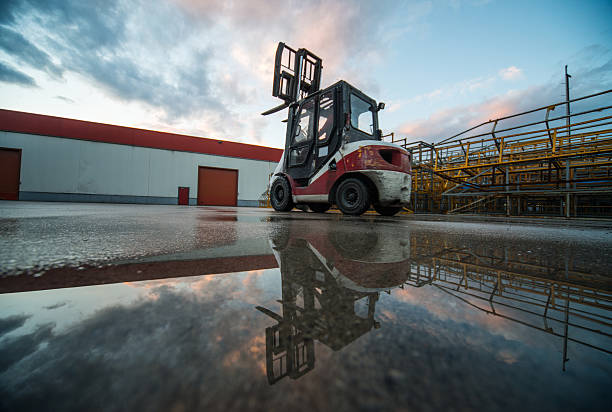Blog
Posted By: Nur Afifa Binti Sazali | Jan 10, 2024

Responding Swiftly and Safely: The Importance of Gas Leak Response
Gas leaks can occur in various settings, including homes, workplaces, and industrial facilities. The consequences can range from fire and explosions to health issues due to exposure to toxic gases. Recognizing the severity of these risks underscores the necessity for a well-planned and executed gas leak response strategy.
Key Components of Gas Leak Response:
1. Early Detection: The first step in effective gas leak response is early detection. This involves recognizing signs such as the distinct smell of gas, unusual noises, or visual cues. Gas detectors and monitoring systems play a crucial role in identifying leaks promptly.2. Emergency Communication: Clear and efficient communication is central to an effective response. Establishing communication protocols ensures that all relevant parties, including emergency services, occupants, and stakeholders, are informed promptly and accurately. This helps in coordinating a unified and immediate response
3. Evacuation Procedures: A critical aspect of gas leak response is the safe evacuation of individuals from the affected area. Evacuation plans, escape routes, and assembly points should be well-defined and regularly practiced to ensure a swift and orderly evacuation in the event of a gas leak.
4. Personnel Protective Equipment (PPE) Usage: Individuals involved in the response must be equipped with the necessary PPE, such as gas masks, to protect themselves from exposure. Training on the correct usage of safety equipment is vital for an effective response.
5. Coordination with Emergency Services: Collaborating with local emergency services is essential for a comprehensive response. Providing accurate information about the nature and extent of the gas leak enables emergency responders to deploy resources effectively.
The Importance of Training: Gas leak response is significantly enhanced through training programs. These programs educate individuals on the specific protocols, equipment usage, and coordination strategies necessary for an efficient response. Regular drills and simulations help reinforce the knowledge gained during training, ensuring that individuals are well-prepared to handle real-life scenarios.
Conclusion: Gas leak response is a collective effort that involves awareness, preparedness, and collaboration. By prioritizing early detection, effective communication, and well-practiced evacuation procedures, individuals and organizations can significantly reduce the impact of gas leaks. Training emerges as a linchpin in this process, empowering individuals to respond confidently and safeguard lives and property. As we navigate the importance of gas leak response, a commitment to ongoing training and preparedness remains central to creating safer, resilient communities.
Contact us to book for gas leak response training today!
📲: 012-498 7882
Recent Articles

Posted By: Nur Afifa Binti Sazali
Jan 10, 2024

Posted By: Nur Afifa Binti Sazali
Jan 02, 2024

Posted By: Nur Afifa Binti Sazali
Dec 08, 2023

Posted By: Nur Afifa Binti Sazali
Dec 07, 2023

Posted By: Nur Afifa Binti Sazali
Dec 01, 2023
Plot 237,
Lengkok Perindustrian Bukit Minyak 3,
Bukit Minyak Industrial Estate,
14100 Simpang Ampat, Penang, Malaysia.
Enquiries :
[email protected]
Call Us :
Tel : +604-5023 882 (8 lines)
Toll Free : 1300-22-3882
